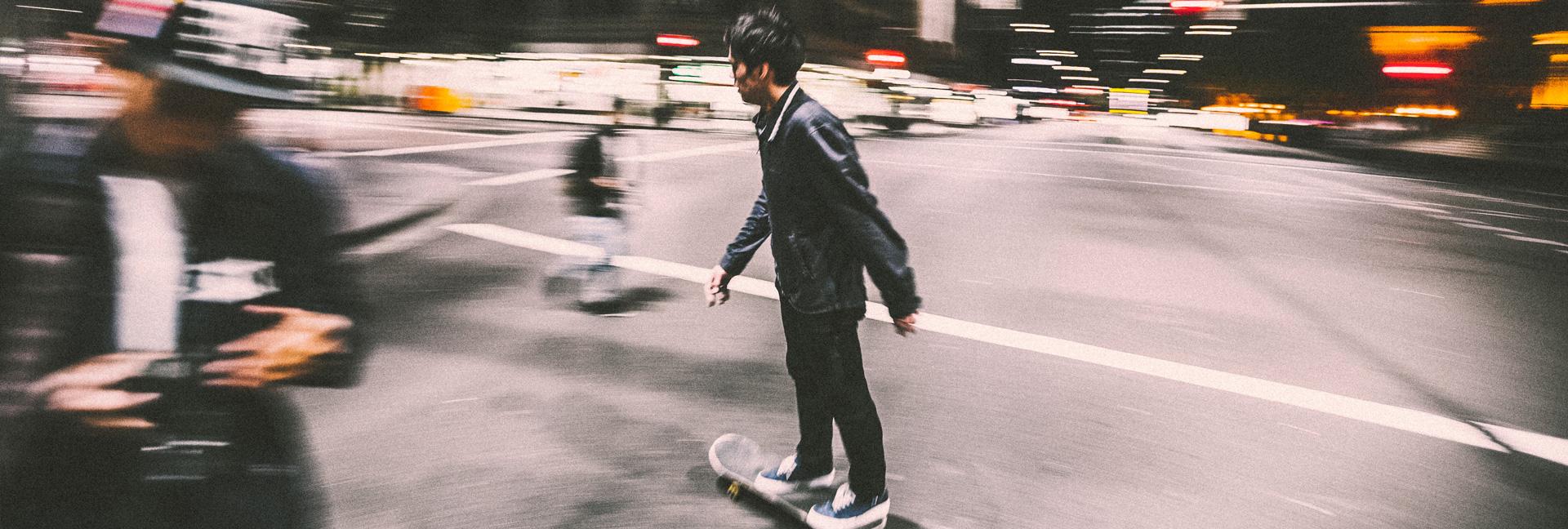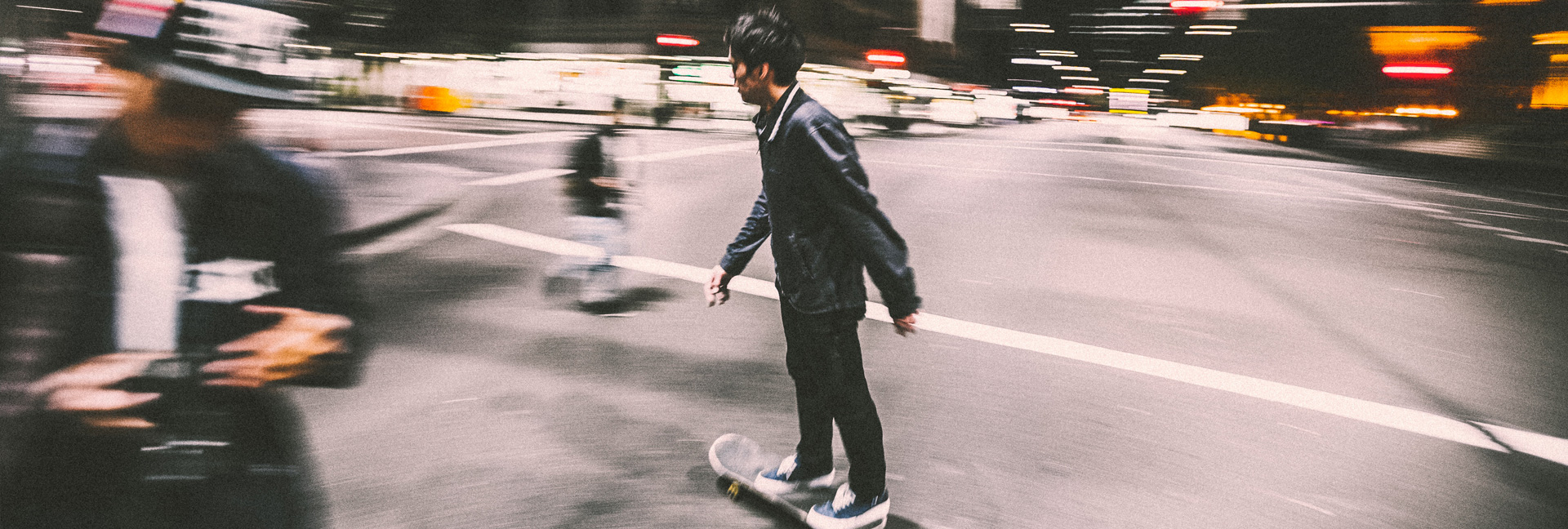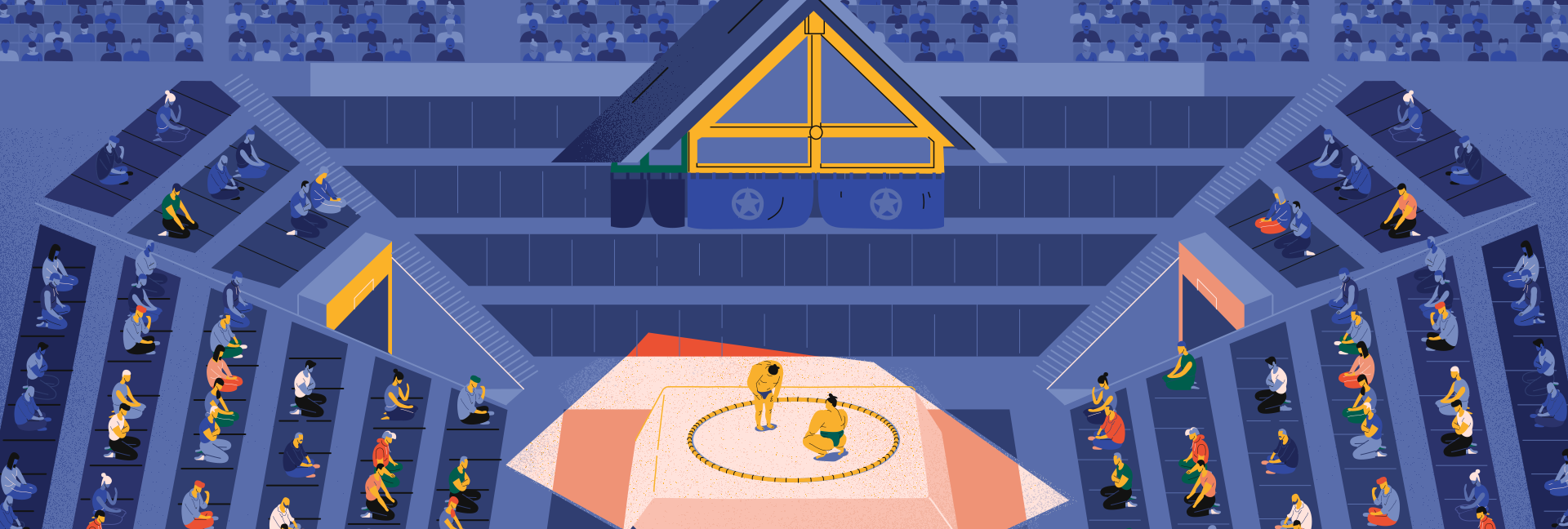The inclusion of skateboarding in the hall of the Olympic sports that will be part of the Tokyo 2020 Games - scheduled, because of the pandemic, for July 2021 - has further increased the sport’s popularity in Japan.
It was almost instantaneous: After skateboarding was announced for the Olympics, names of the likes of Yuto Horigome and Aori Nishimura became not only respected athletes, but also hopes for an Olympic medal. They are poster boys for advertisements, and inspire young people from all regions. Several skateboarding parks have been built by Japan, in particular in small towns and outlying neighborhoods. It is common for mothers and fathers to enroll their children in skateboarding classes and even to hire coaches to help them compete.
One of the busiest new tracks in the Japanese capital is the Komazawa Olympic Park, which is five minutes away from the Komazawa University subway station, a region concentrating a lot of students. There, the city has installed five wooden mini-ramps and a few obstacles, such as boards, handrails, and cones. Thus, skaters can practice two of the categories featured in the Olympic competition: Street, in which they make maneuvers on handrails, stairs, and other city objects, and park, which involves jumping and aerial maneuvers, usually in the so-called bowls, which resemble empty pools, and on U-shaped ramps, also known as half-pipes.
Older Tokyo skateboarders, however, prefer the traditional Tamachi Park, a track that has been around for more than 20 years. All professional skateboarders in the country, famous or not, have been there at some point, but they also take their chances on other, less popular tracks. There are hype scenes in the cities of Urayasu, Kawaguchi, and Yokohama, all well served with places for maneuvering and getting together.
+ See also the Japanese Ryogoku Kokugikan stadium: Home of the Heavyweight
Life is not the easiest for skateboarders in places where there are no tracks, though. One factor that makes practicing the sport difficult is that many Japanese cities tend to be busy during business hours, which, for many, is an invitation to accidents. For this reason, many skaters only ride their skateboards on isolated streets at dawn, and always in groups, to support each other. Collectivity seems to be the skateboarders’ great asset in Japan - and all around the world.




